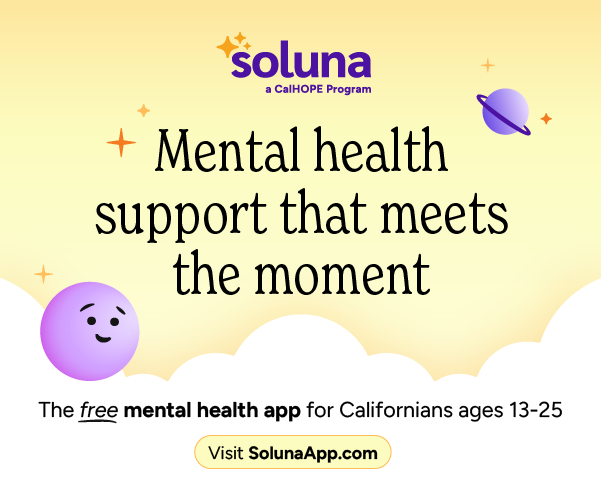10 seconds
The hardest commitment you’ve ever faced is just sending a picture of your face.
The phenomenon of Snapchat explained.
For many students at SMCHS, there are millions of things that stress us out. There are tests, homework, deans, grades, dying tablets and the social life. But the one thing that makes a student’s behavior completely shift is the hourglass.
It’s not a tangible hourglass but rather the digital hourglass that blinks at you, taunting you and indicating that your 254 day streak with your best friend is about to turn into dust.
In September 2011, the world was introduced to Snapchat along with its very minimal features which included taking a picture or video and sending it out to your friends for an option of 1-10 seconds. However, Snapchat has evolved overtime along with its audience. In March, Snapchat came out with a new update that turned into the world’s biggest commitment: the “snapstreak.”
“I think streaks can tell if a person is dedicated based on how long a streak is or how many streaks they have,” senior Charlotte Turner said. “I have about ten decently long streaks and fifteen total — I’m sort of addicted.”
As students started catching on to the competitiveness of who has the longest streak it became the phenomenon of maintaining your streak and hoping that you never see that hourglass. However, once the streak ends, it can be heartbreaking.
“One time, I lost a snapstreak with one of my best friends, Liana Edgar,” Turner said. “It was a 370 day streak and it was her fault because she fell asleep and did not have time to snapchat me before our streak ended. We were both bummed when it happened but decided to start a new one and laughed about it.”
In a way, snapstreaks have now become an obligation rather than a fun game.
“I remember constantly telling my friends to snap me whenever our streak was at risk,” senior Dev Patel said. “The hourglass literally kills me. My dedication to my snapstreaks will never end and it’s probably my favorite social media feature ever.”
On the other hand, some students, like junior Abigail Singer, find Snapchat as a fun way to communicate with friends.
“I like to maintain streaks since it helps me keep in contact with everyone and reminds me to talk to them even if I’m not having the best day,” Singer said.
Often times, people view the “Best Friend List” on Snapchat as a make or break factor in their friendship. However Singer views the list as an insignificant feature of the app.
“I don’t ever get offended if someone is my best friend and I’m not theirs,” said Singer. “It’s the person I just want to talk to. It doesn’t matter to me where I am on their list.”
Instagram, another form of social media, followed in Snapchat’s footsteps with their newest update consisting of Instagram stories that closely resemble Snapchat ones. Many students have found it too similar to Snapchat stories which now takes away the uniqueness of Snapchat. But true Snapchatters know the difference.
“It’s a more personal and different way to interact and talk with your friends,” said Patel. “Like when you’re on Instagram you can’t send a super ugly photo to only your top 3 best friends, you have to post it on Instagram.”
Essentially, Snapchat’s main intention is just to have a few laughs with your friends and maybe a quick 10 second conversation by sending a funny picture.
“Between the filters and the faces people make it always gives you a good laugh,” Turner said. “Also I am pretty dedicated to putting a picture of my dog on my snapchat story every single day.”










